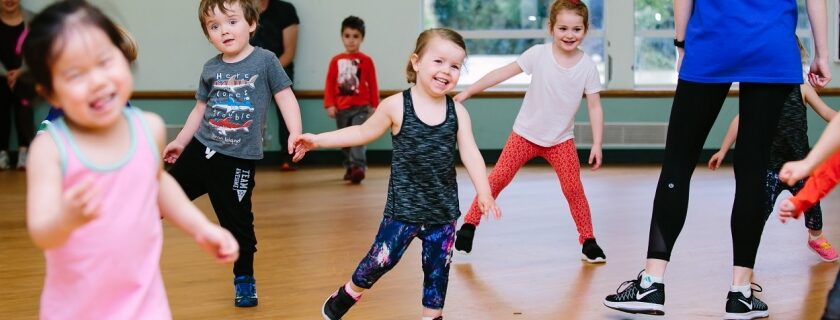There are a lot people going through hard and frustrating times. You can help them channel and release their frustration by making Relax Bottles: water bottles decorated and filled with glitter. Watching the glitter settle after shaking the bottle can be relaxing. Check out the instructions below from Points of Light.
What You Need:
- Clear plastic water bottles. (We recommend sturdier bottles)
- Clear Elmer’s Glue
- Hot water
- A mixing bowl (preferably one with a pouring spout to easily put it in the jar or use a funnel with the bowl)
- A whisk
- Food coloring
- Glitter
- Super glue
Steps:
- Buy the appropriate amount of glitter, food coloring, glue, and hot water. This depends on the size of the water bottles you are using, as well as the number of bottles you’re making.
- To make the Relax Bottles:
- Pour Elmer’s clear glue and hot water into a mixing bowl, along with food coloring (add drop by drop until desired color is reached) and glitter.
- Mix with the whisk and pour right away into the water bottle.
- Clean the residual glitter out with a paper towel before rinsing and cleaning out the bowl.
- Shake the bottle to make sure the lid is secure. The glitter will settle at the bottom after 5 minutes roughly. Increase or decrease the wait time by adding water or glue.
- Repeat until all the bottles are made.
- Let the bottles cool with the lids removed (and out of reach of any children or pets).
- Once cool, secure the lid with superglue and let the glue dry.
- Clean up!
- Present the Relax Bottles to others in your home.
Reflection Questions:
- How did this project help you or others in your home?
- Do you feel you made a difference?
- How else can you help others in your home relax?

